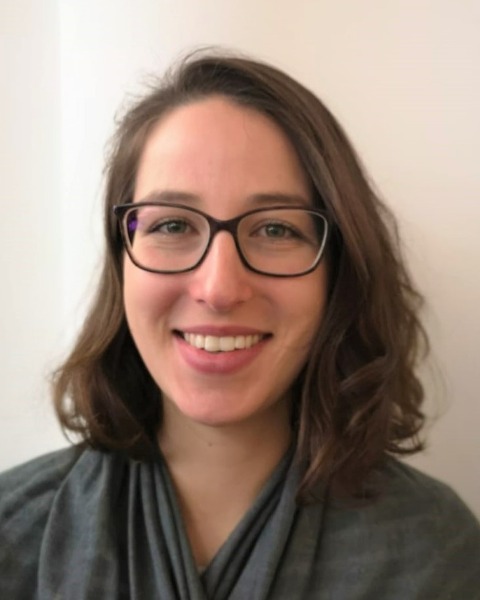Health Services Research
Session: Health Services Research 2: Novel Methods and Disparities
309 - Children with high needs for healthcare and special educational support in England, UK: a national cohort using novel linkage of health and education records from the ECHILD database
Saturday, May 4, 2024
3:30 PM - 6:00 PM ET
Poster Number: 309
Publication Number: 309.1117
Publication Number: 309.1117

Ania Zylbersztejn, PhD (she/her/hers)
Senior Research Fellow
UCL Great Ormond Street Institute of Child Health
London, England, United Kingdom
Presenting Author(s)
Background: Children with neurodisability or special educational needs (SEN) provision have higher healthcare needs than their peers. Linked health and education data could lead to improved joint working between services.
Objective: To describe hospital admission rates in children with SEN provision or neurodisability relative to peers.
Design/Methods: We used the Education and Child Health Insights from Linked Data (ECHILD) database to derive a national birth cohort of children entering primary school (aged 5-6) between 2009/10-2014/15 in England, followed to end of primary school (aged 10-11). We grouped children by their highest level of SEN provision during primary school (no provision, school-based SEN support, or more intense educational provision arranged and funded by local governments via Education, Health & Care Plans, EHCPs). Using diagnoses from hospital admission records we grouped children with and without neurodisability (autism, learning disability, hyperactivity disorders, developmental delay, cerebral palsy, epilepsy, sensory impairments, other conditions affecting brain). We derived the number of planned/unplanned admissions aged ≤11 years old (excluding birth admission), overall and by type of SEN provision and presence of neurodisability.
Results: We included 2,414,371 children, of whom 28.3% had school-based SEN support (n=683,070), 3.7% had an EHCP (n=136,269) and 55% were admitted to hospital at least once aged ≤11 years old (n=1,337,340). There were 1,404,617 planned admissions: 47% in children with no SEN, 36% in children with SEN support and 18% in children with EHCPs. Corresponding figures for 2,357,191 unplanned admissions were 56%, 33% and 11%, respectively.
94,210 (3.9%) children had a neurodisability, 92% of whom were admitted to hospital at least once aged ≤11 years old. They accounted for 24% of all planned admissions (n=339,280) and 14% of unplanned admissions (n=307,666).
35,227 children had both a neurodisability and an EHCP, accounting for 1.5% of all children, 40% of children with EHCPs, 14% of all planned (n=196,713) and 8% of all unplanned admissions (n= 168,507).
Conclusion(s): 1 in 25 children had a neurodisability, 1 in 70 children both had a neurodisability and received intensive educational support (EHCP). These groups accounted for a disproportionate number of planned and unplanned hospital admissions. Further work will examine duration of hospitalisations and health and education costs. Better coordination between education and specialist paediatric services for these children could improve outcomes and efficiency.
